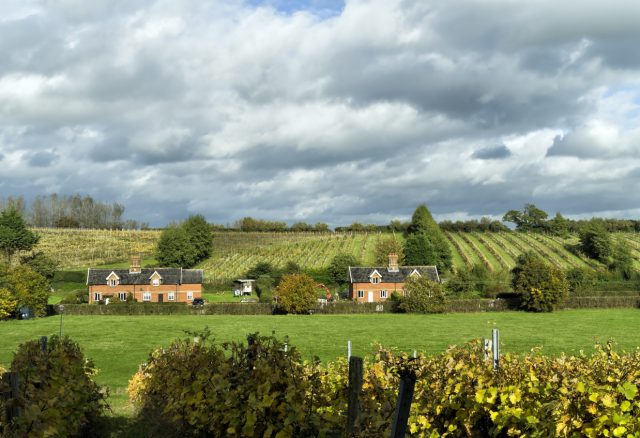Area of East Anglia under vine quadruples
According to data gathered by the Food Standards Wine Inspection Team, the area of the East Anglia region of England covered by vineyards has increased from approximately 100 hectares to 400 since 2018.

Though Norfolk and Suffolk in particular are known for agriculture, with turkeys and sugar beet being key products from the region, East Anglia seems to also be perfect for the cultivation of grapes. WineGB attributes the 400% increase to research from the University of East Anglia which identified a 33,700 hectare area (roughly the size of the Champagne region) which would be perfect for vines.
The paper, titled “A Suitability Model for Viticulture in England and Wales“, also found East Anglia to have relatively warm temperatures compared to other regions. Using records taken from 1981 to 2010, Essex was found to have the warmest average temperature of 13.9°C during the growing season, with Suffolk’s at 13.6°C. Both also had low average growing season rainfall (346mm and 362mm respectively).
The paper suggested that “new areas such as Essex and Suffolk in particular, where relatively few vineyards currently exist, have been shown to have highly suitable land, express high degrees of climatic suitability and greater levels of stability from season to season than areas currently populated with vineyards.” Commercial winemaking did exist in the region before the report, with New Hall founded in Essex in 1969, but it has reached new heights as the region’s potential has become clear.
Partner Content
However, the paper limited the recommended area for vineyards to the top fifth of suitable land. In reality, the last four years have witnessed an explosion. One factor which may be overlooked is the rise in domestic wine tourism. Pandemic-related travel restrictions have encouraged travellers to look closer to home, with younger people in particular being interested in British wine. For the vineyards, the tourist market provides a safety cushion against the financial repercussions of a bad harvest (like 2021).
Although Sussex and Kent dominate English viticulture, new plantings in East Anglia mean that in several years time the region could be competing both in the quantity and quality of wine produced.
The elephant in the room in all of this is climate change: grapes ripen earlier due to rising temperatures. Though aspiring British winemakers may cautiously welcome warmer growing seasons, increasingly erratic weather conditions pose a very real threat.
Related news
Domestic growth and premium demand drive UK wine market
‘Business as usual’ for Ridgeview as English sparkling wine producer enters administration
‘We are crazy’: Gusbourne tasting shows the ambition behind English wine’s rise




